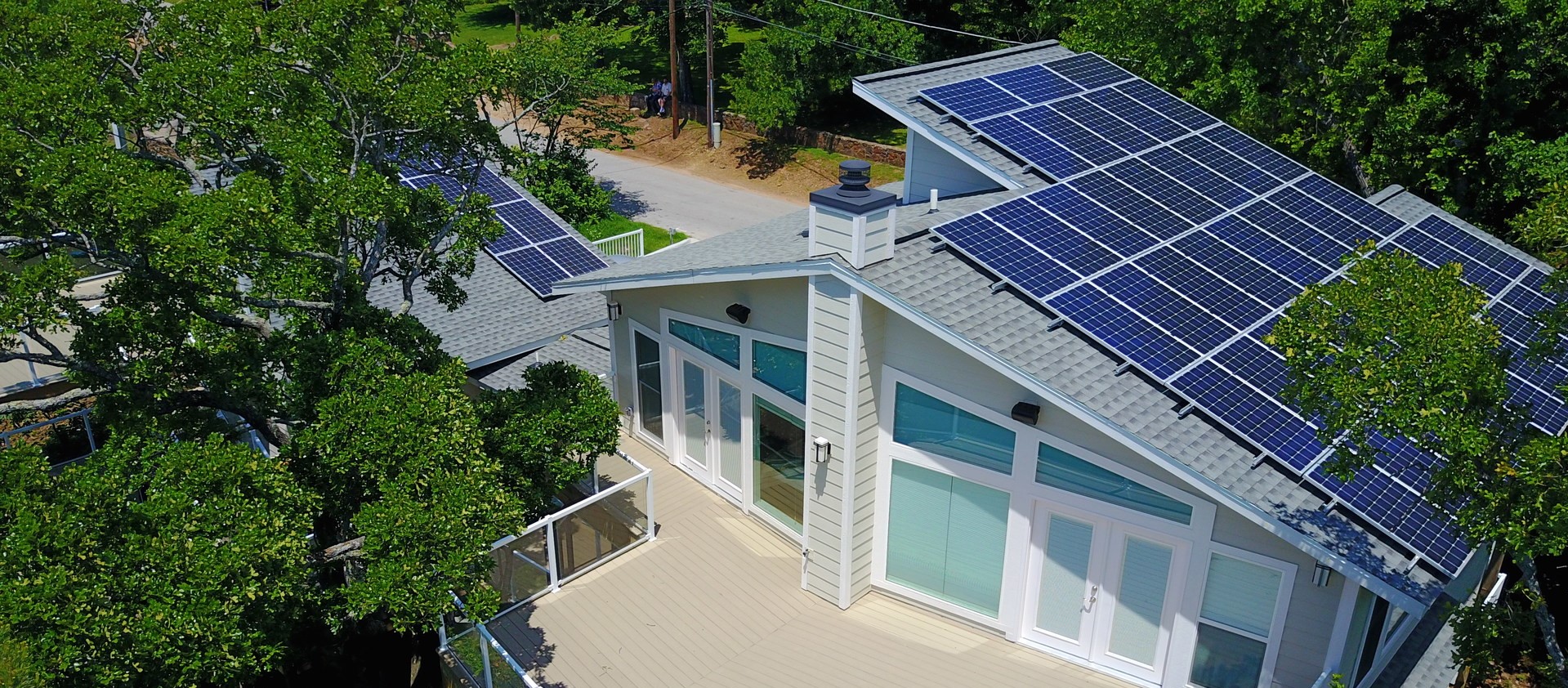How to Take Advantage of the Solar Investment Tax Credit Before It’s Gone

American families, businesses, and communities are all going solar because it saves them money and adds predictability during these difficult times. In addition to generating local tax revenue, solar cuts electricity costs. This can help small businesses stay afloat and can help schools direct funds to teacher salaries and classroom upgrades.
Solar is a vital part of our communities and a tool called the solar Investment Tax Credit (ITC) helps to make these savings possible. The ITC is a federal tax credit that this year allows homeowners and businesses to deduct 26% of the cost of installing solar from their federal taxes.
As Americans endure the worst effects of the pandemic, solar remains an attractive option during the economic downturn in large part because of this tax credit. As many families and businesses race to get their solar energy systems up and running before the end of the year, they undoubtedly want to take advantage of the ITC at 26% before it steps down to 22% at the end of the year and disappears completely for residential solar at the end of 2021.
To make sure you get the tax credit at 26%, there are a few things you’re going to want to keep in mind.
Note, if you have more specific questions, it’s always best to contact a tax lawyer.
1. Homeowners Get the Credit
First and foremost, you must own your own panels in order to take advantage of the tax credit. If you lease your panels or get solar through a contract or other arrangement like a power purchase agreement (PPA), chances are that the credit will go to the company that is leasing the system or offering the PPA.
2. “Commence Construction” Only Applies to Commercial Customers
Last year, you may have heard about new “commence construction” guidance from the IRS, which determined that businesses can lock in the 26% ITC if a project begins construction in 2020 and is completed before January 1, 2024. However, this rule does not apply to residential solar customers.
3. Remember: Plug It In, Plug It In
According to the IRS, in order to receive the 26% residential solar tax credit, the solar energy system must be “placed in service” before the end of the day on Dec. 31, 2020. In a recent private letter ruling, the IRS equated “placed in service” to completing installation. While this language is still vague, signing a contract, making a down payment, and just beginning construction probably won’t count. There isn’t a bright-line test on what constitutes “placed in service,” but one safe way to know you completed installation is that you’re ready to connect to the grid. Or, if you have an off-grid system or a solar water heater, you’re ready to turn on the system.
Since 2006, the ITC has helped solar deployment grow by more than 10,000% and has a track record of going to work for our economy. This proven job creator can help us rebuild better and continue to uplift American communities hardest hit by the pandemic.
But we can’t do this without the ITC. The residential solar ITC, the one that families use, will end on Dec. 31, 2021 if Congress doesn’t act.
This is a critical time for American families and businesses and we shouldn’t be taking away tools that can save money and keep us going during these difficult times.
Learn more about SEIA’s advocacy for policies like the ITC that will help our economy recover at seia.org/RebuildBetter


